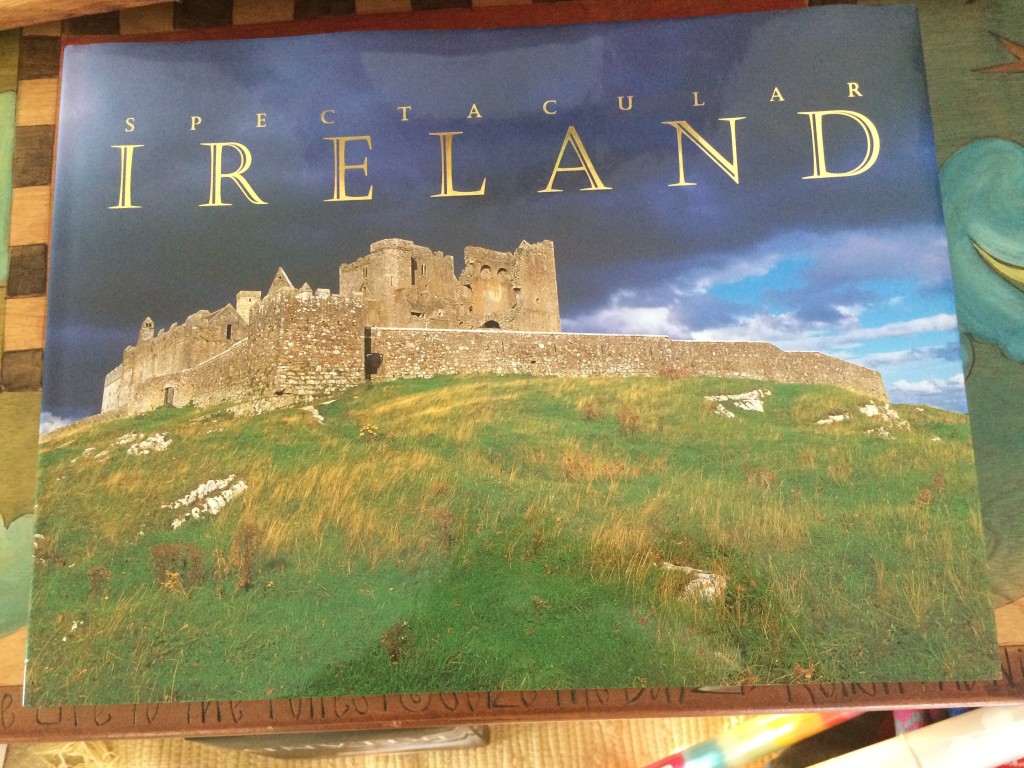 In celebration of St. Patrick’s Day 2015, ATG is exploring “All Things Irish” for the next couple weeks. Below we debunk the “Fighting Irish” stereotype. Stay tuned for more!
In celebration of St. Patrick’s Day 2015, ATG is exploring “All Things Irish” for the next couple weeks. Below we debunk the “Fighting Irish” stereotype. Stay tuned for more!
For all of their well-known and esteemed attributes, such as hospitality, loyalty, friendliness and humor, the Irish have never been able to escape the “fighting Irish” stigma – the stereotype of being drunkard, hotheaded and “barbaric” people.
Indeed, famous Irish proverbs read: “An Irishman is never at peace except when he’s fighting”, “Better be quarreling than lonesome” and “The Irish don’t know what they want and are prepared to fight to the death to get it.”
A look back at the history of the Irish – particularly Irish immigrants in America – however, sheds some light on why, in many ways, the Irish just can’t help their “fighting” instincts.
Having been oppressed by centuries of English domination, “Ireland’s servitude to Britain was seen as a stigma of inferiority – a rationale for Irish second-class social standing in the New World”, writes Marueen Dezell in her book, Irish America: Coming into Clover, when describing the lack of welcome many Irish received after emigrating to the U.S. during the Great Potato Famine in the mid 19th century (1845-1852).
Frustrated with being looked upon as inferiors who were “wild, barbaric, drunkards and unlearned”, the Irish carried out a “Gaelic Revival” movement in the late 19th century – in both Ireland and Irish America – which sought to eradicate the demeaning stereotypes and negative depictions that continually undermined their ethnicity.
As part of this revival and their attempt to prove their worth as a people and nation, Irish enthusiasts worked to revive their national language, otherwise known as “Gaelic.”
Faced with a reluctant and indifferent Irish community, however, the Irish language proponents had to work hard to unite their fellow Irishmen and rally support for their cause. Hence a speech by a Mr. O’Donnell in 1884:
Let us not fail, then, in the great work we have undertaken. Let us have good courage, for it will surely succeed, and the time may not be far distant from us, when the people of Ireland at home and the Clan-na-Gael in every country where they are scattered, will be singing songs of liberty in the language of their country and their race.
In making their case, Irish proponents argued that learning and reviving Gaelic would help to improve their social standing and character that had forever been regarded as inferior or “semi-barbarous.” A newspaper article from 1882 reads: “The incessant throwing of dirt and filth at the Irish character by unscrupulous enemies needs something to wash it away. The Language and Literature of the country is that and the only thing to wash it away.”
Similarly, the idea of the Irish “quest for respectability” as a nation and people seemingly played a role in this movement and, in some instances, led to the exclusion of Irish who continued to exude unruly and barbaric behavior.
In a 1882 article describing the picnic of the Philo Celtic Society, The Gael reported that, “[n]ot one incident occurred to mar the pleasure of the occasion…[t]he attendance was fair and select; there was none of that rough element that generally patronizes such assemblages present…”
This society’s exclusion of “ungentlemanly behavior” is largely indicative not only of the enthusiasts’ desire to create a more refined image of the Irish through a revival of their native language, but also of the division and “fight” that persisted within the Irish community as a result of the movement.
Furthermore, the Irish language enthusiasts also employed the idea of nationalism to encourage and motivate the Irish to support the movement. The proponents argued that learning and reviving the Gaelic language would not only elevate Irish social status, but would elevate the nation as a whole, placing it in a more legitimate and credible position, given that all nations speak their own language.
The idea of having “something to prove” and rising up on equal footing with other nations seemed to hold particular importance, as evidenced in a speech by Mr. O’Donnell: “We have come here to show the world that we possess a language and a music as noble as those possessed by any other nation on earth” and later: “…[the Irish language] shows the world that [the Irish] are a distinct people and not the semibarbarous mongre’s which their enemies would fain make them.”
So, while the stereotype may largely hold true – it is not entirely difficult to understand why. After all, the Irish have spent centuries fighting for their nationhood and ethnicity – both at home and abroad – and for respect and legitimacy for their people and culture. Surely, the “fightin” has to be in their blood, passed along from generation to generation.
But, we’ll give them this: they may be the “fightin’ Irish”, but they certainly are a committed, determined and persistent bunch. As Irish novelist Edna O’Brien once said:
“When anyone asks me about the Irish character, I say look at the trees. Maimed, stark and misshapen, but ferociously tenacious.”
Check out ATG’s other Irish-themed posts about The Luck of the Irish, Irish American culture, traditional Irish music, Irish movies and Irish recipes.